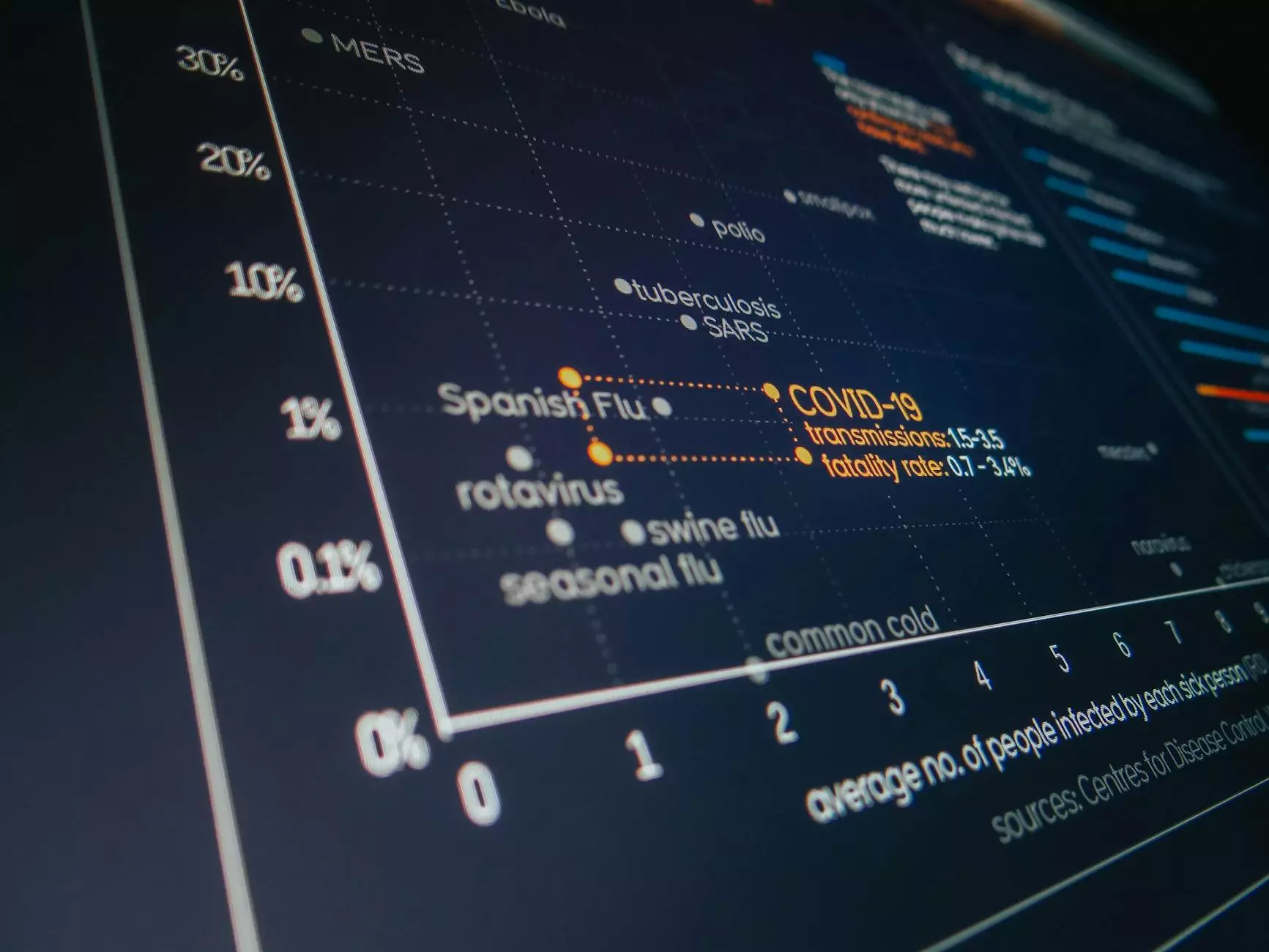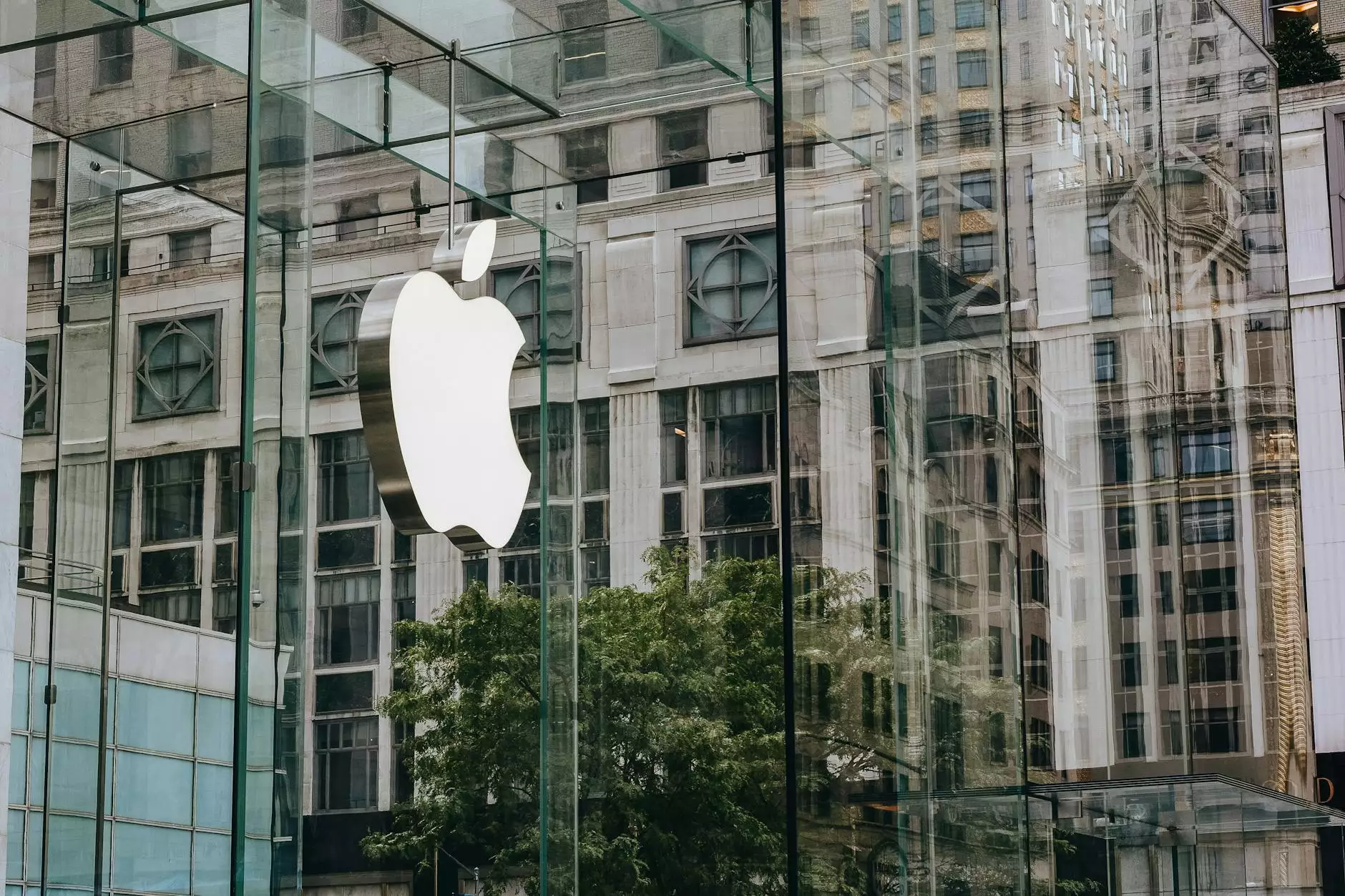The Vital Distinction: Malware vs. Virus

Welcome to KOA Digital Media, your trusted source for all things digital marketing and cybersecurity. In today's interconnected world, understanding the difference between malware and viruses is crucial for safeguarding your online presence. Let's delve into the intricacies of these threats and equip you with the knowledge to protect your digital assets.
What is Malware?
Malware, short for malicious software, encompasses a broad category of harmful programs designed to infiltrate and damage computer systems. Types of malware include ransomware, spyware, adware, and trojans. Malware can infiltrate your device through malicious downloads, email attachments, or compromised websites, often without the user's knowledge.
Understanding Viruses
Viruses are a specific type of malware that replicate themselves by attaching to clean files and spreading to other computers or devices. Unlike some malware variants that operate independently, viruses require a host file to infect and execute malicious activities. Common sources of virus infections include infected USB drives, email attachments, and software downloads from untrustworthy sources.
The Key Differences
While both malware and viruses pose significant threats to digital security, they differ in their specific functionalities and modes of operation.
Primary Functionality:
- Malware: Malware is a broad term encompassing various types of malicious software designed to disrupt, damage, or gain unauthorized access to a computer system.
- Virus: Viruses are a specific subset of malware that replicate themselves by infecting clean files and spreading to other systems.
Mode of Infection:
Malware can infect a system through various means such as phishing attacks, drive-by downloads, and vulnerable software exploits. In contrast, viruses typically require a host file to propagate and spread to other devices through file-sharing mechanisms.
Impact on Systems:
Malware can cause a range of detrimental effects, including data loss, system slowdowns, unauthorized access, and financial theft. Viruses, on the other hand, focus on replicating themselves and can lead to system instability, file corruption, and compromised network security.
Protecting Your Digital Environment
As a business or consumer operating in the digital landscape, taking proactive steps to protect your devices from malware and viruses is critical. Here are some best practices to enhance your cybersecurity posture:
- Keep your operating system and software up to date with the latest security patches.
- Use reputable antivirus and antimalware programs to scan and remove potential threats.
- Avoid clicking on suspicious links or downloading attachments from unknown sources.
- Enable firewalls and implement strong password policies to secure your digital assets.
Conclusion
By understanding the nuances between malware and viruses, you empower yourself to make informed decisions about protecting your digital environment. Safeguarding your systems and data from these persistent threats requires vigilance, awareness, and a proactive cybersecurity strategy. Stay informed, stay secure, and stay ahead in the ever-evolving digital landscape.
Reach out to KOA Digital Media for expert guidance on cybersecurity, digital marketing, and more. Let us help you navigate the complexities of the digital world with confidence and resilience. Your security is our priority.









